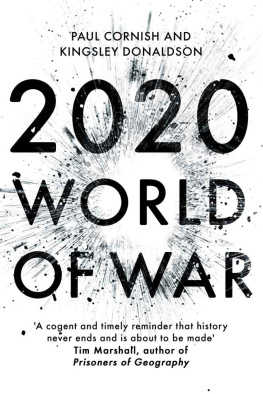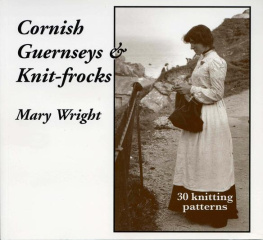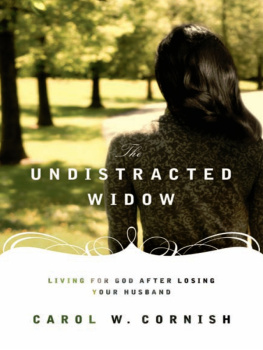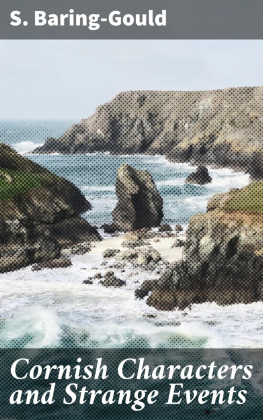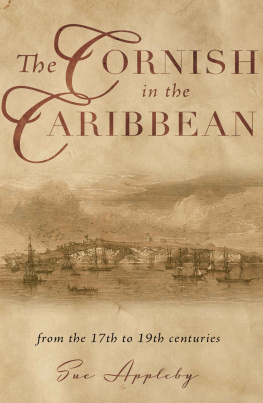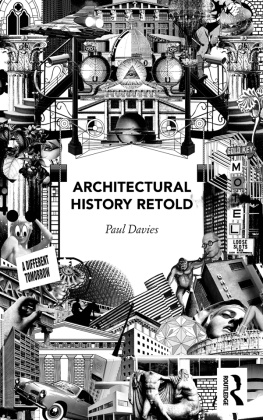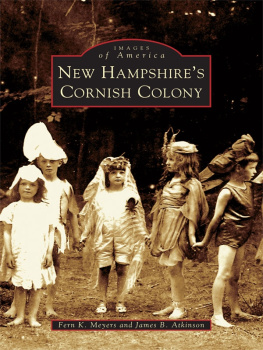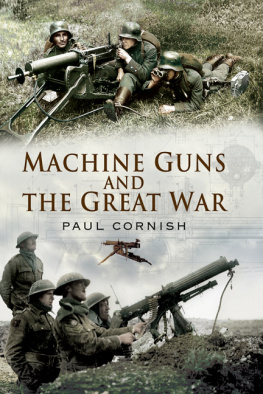Paul Cornish - The First World War Retold
Here you can read online Paul Cornish - The First World War Retold full text of the book (entire story) in english for free. Download pdf and epub, get meaning, cover and reviews about this ebook. year: 2017, publisher: G2 Entertainment Ltd, genre: History. Description of the work, (preface) as well as reviews are available. Best literature library LitArk.com created for fans of good reading and offers a wide selection of genres:
Romance novel
Science fiction
Adventure
Detective
Science
History
Home and family
Prose
Art
Politics
Computer
Non-fiction
Religion
Business
Children
Humor
Choose a favorite category and find really read worthwhile books. Enjoy immersion in the world of imagination, feel the emotions of the characters or learn something new for yourself, make an fascinating discovery.
- Book:The First World War Retold
- Author:
- Publisher:G2 Entertainment Ltd
- Genre:
- Year:2017
- Rating:5 / 5
- Favourites:Add to favourites
- Your mark:
- 100
- 1
- 2
- 3
- 4
- 5
The First World War Retold: summary, description and annotation
We offer to read an annotation, description, summary or preface (depends on what the author of the book "The First World War Retold" wrote himself). If you haven't found the necessary information about the book — write in the comments, we will try to find it.
The First World War Retold — read online for free the complete book (whole text) full work
Below is the text of the book, divided by pages. System saving the place of the last page read, allows you to conveniently read the book "The First World War Retold" online for free, without having to search again every time where you left off. Put a bookmark, and you can go to the page where you finished reading at any time.
Font size:
Interval:
Bookmark:
The
FIRST
WORLD WAR
Retold
The
FIRST
WORLD WAR
Retold
PAUL CORNISH
Foreword by
HRH THE DUKE OF CAMBRIDGE
Introduction by
SIR HEW STRACHAN

G2 Entertainment Ltd 2017
Published by IWM, Lambeth Road, London SE1 6HZ iwm.org.uk
The Trustees of the Imperial War Museum, 2017
All rights reserved. No part of this publication may be reproduced, stored in a retrieval system or transmitted, in any form or by any means, electronic, mechanical, photocopying, recording or otherwise without the prior permission of the copyright holder and publisher.
ISBN 978-1-78281-904-2
A catalogue record for this book is available from the British Library.
Colour reproduction by DL Imaging
All images IWM unless otherwise stated.
Every effort has been made to contact all copyright holders. The publishers will be glad to make good in future editions any error or omissions brought to their attention.
10 9 8 7 6 5 4 3 2 1

Foreword by
HRH THE DUKE OF CAMBRIDGE
Introduction by
SIR HEW STRACHAN
HRH THE DUKE OF CAMBRIDGE
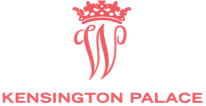
In 1920 my great-great-grandfather, King George V, opened the Imperial War Museum at its first home in the Crystal Palace. He spoke of the enormous almost unthinkable courage and sacrifices which millions of men and women had made in the First World War. And he spoke of how the museum reflected that common effort and common sacrifice by recording faithfully and impartially the efforts of all ranks in the field and of all classes at home. He described it as a place which speaks to the heart and to the imagination and how he believed the museum would be an inspiration for future generations.
Nearly 100 years later, the strength of his words endures. The Imperial War Museum continues to connect us with those who have served our country in times of conflict and have secured the prosperity and freedoms we enjoy. I am therefore delighted to support IWMs First World War Centenary Programme and to help pass on my great-great grandfathers message.
This book, published to accompany the new First World War Retold at IWM London, aims to explain why the First World War started; why it continued for so long; how it was won and lost; and what happened afterwards. It presents events as they appeared to unfold to people at the time. Every object, every photograph, every letter or diary entry, helps us to understand their reactions to the events going on around them, and the parts they played in shaping them. They also explain why these people our recent relatives continued to fight for what they believed was right, despite a cost in human life and suffering barely imaginable to us today.
The centenary of the war prompts us to reflect upon the nature of the catastrophe which enveloped Europe between 1914 and 1918. I hope that this book and the exhibition it accompanies will both put into context and bring to life the experiences of those who lived through it. We have a responsibility to ensure that their stories are not lost by the passing of time. We will remember them.
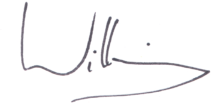

The First World War was a turning point in world history. It claimed the lives of around 10 million service personnel and untold numbers of civilians across the globe, and had a huge impact on those who experienced it. It was the first real instance of what later generations would call total war, with whole nations pitted against each other as millions of men fought on land, at sea and in the air. Modern weaponry caused mass casualties and civilian populations suffered hardships and came under threat of enemy attack. The war broke the empires of Germany, Russia, Austria-Hungary and Turkey. It triggered the Russian Revolution and provided the bedrock for the Soviet Union. It forced a reluctant United States on to the world stage and revived the ideals of liberalism. On Europes edge, it provided a temporary solution to the ambitions of the Balkan nations. Outside Europe it laid the seeds for the conflict in the Middle East. In short, the war shaped not just Europe, but the world in the twentieth century.
Most of these outcomes were in the balance until the wars end, and some remained so after it was over. In 1917 many in Britain and the empire were not optimistic. In February of that year, as the Germans declared unrestricted U-boat warfare and Russia stood on the brink of revolution, the Imperial War Museum was born.
The purpose of the museum was not only to commemorate but to collect, to sift through the products, debris and memorabilia of the war, and to do so in a way that reflected not just the roles of the armed forces but the efforts of the entire nation. By 1920, when the museum opened for the first time at the Crystal Palace, the war had been won, but it was still hard to encompass the conflict as a whole. So great was its enormity that all who had fought in it struggled to give it shape and context. The exhibits were less about telling a story that still lacked a clear narrative, and more about evoking a set of experiences that in their entirety were common to all.
Some aspects of the First World War still resonate today. Soldiers severely wounded in Iraq and Afghanistan have survived thanks not only to the most up-to-date surgical techniques but also to procedures pioneered and developed in 19141918. The legitimacy of the war was debated then, just as we argue about wars necessity now. But other themes have lost their purchase. Britain went to war in 1914 as the head of an empire which it has now lost. Many of those men who put on uniforms did not have the vote; nor did any of the women who worked in munitions factories or who joined the newly-established female branches of the armed forces. In 1914, Britain alone of the major belligerents had an effective system of income tax, but only about 1.2 million were assessed for it. By the wars end all men in Britain aged over 21 had the right to vote, and all women aged over 30. Those who set up the Imperial War Museum had to recognise that the empire in its title, although in 1919 greater in geographical extent than it had ever been, was no longer an effective model for international organisation; instead the League of Nations and the United States role within it promised a different form of English-speaking dominance. That particular ambition would not be fully realised until after 1945.
This book provides the narrative which those who visited the museum in the 1920s felt that either they did not need, or they could not grasp. Today our distance from the First World War enables the museum both to give the war a shape and to put it into fresh perspective. In the twenty-first century the museum must spell out themes that were then so self-evident that they did not need expressing, and highlight events that have assumed greater importance in the light of subsequent developments. Above all, the book reflects the ambitions of IWMs splendid new galleries, opened to mark the centenary of the wars outbreak in 1914. They tell the story of the war in chronological fashion. They do so by putting the experience of the British Empire in a global context, and by simultaneously relating the events at the front to the experiences of those at home.
Next pageFont size:
Interval:
Bookmark:
Similar books «The First World War Retold»
Look at similar books to The First World War Retold. We have selected literature similar in name and meaning in the hope of providing readers with more options to find new, interesting, not yet read works.
Discussion, reviews of the book The First World War Retold and just readers' own opinions. Leave your comments, write what you think about the work, its meaning or the main characters. Specify what exactly you liked and what you didn't like, and why you think so.


